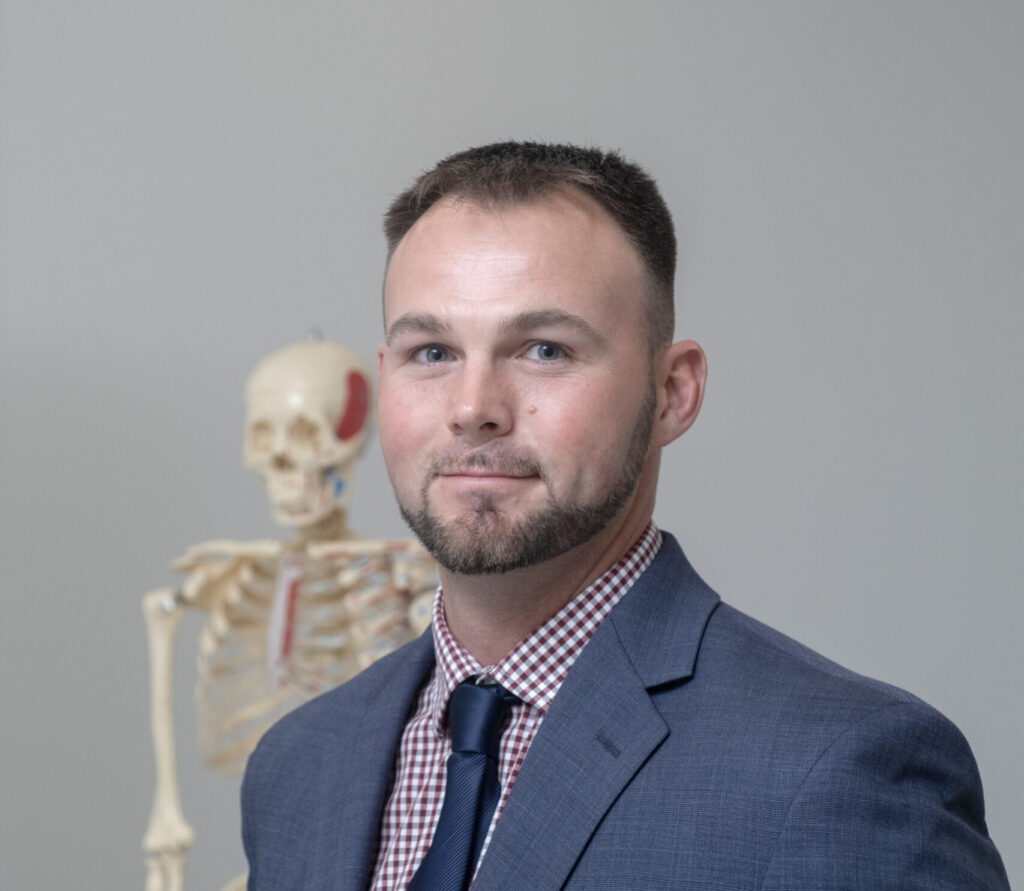It’s never too early – or too late – to do exercises that will help maintain the bone mass you have and possibly even build a little more, reducing your risk of osteoporosis and debilitating fractures later in life.
Thomas Barnett, M.S., professor of exercise science at Keiser University’s Port St. Lucie campus, says that although exercises for muscles and bones are clearly related, there are important differences.
“Tendons connect muscle to bone, typically on some sort of bony projection. Without strong bones, it’s hard to have strong muscles because of the way tendons pull on those attachment points,” he says.
Most everyone is familiar with the benefits of exercise, such as improving muscle strength and endurance, reducing the risk of heart disease and stroke, and preventing obesity, but the American Academy of Orthopedic Surgeons says the importance of regular physical activity to bone health is not as widely understood. Certain exercises help build and maintain strong bones and inactivity causes bone loss.
“Many people think exercising to strengthen your bones is just for older people, but in truth, you need to start early,” says Barnett. Since most bone mass is formed by the age of 20, it is important for young adults to get enough weight-bearing exercise, calcium and vitamin D.
Building strong bones from an early age is essential to preventing osteoporosis and fractures as you age.
Since bone is living tissue, it changes over time in response to the forces placed upon it.
When you exercise regularly, your bone adapts by building more bone and becoming denser.
Barnett says your age helps dictate what type of exercises you should do. “Younger people are fine doing heavy resistance training and, if they have healthy bones, high-impact training is beneficial.
“If you’re older, however, you’ll want less impact and resistance, choosing slow and more controlled methods to get your exercise.”
Harvard Medical School notes that all exercises for bone strength have one or more of the following attributes:
- Provide resistance. In these forms of exercise, you challenge your muscles by working against some type of resistance, such as dumbbells, elastic bands, an immovable object such as a wall, or even your own body weight. Resistance exercises, including classic strength training, rely on muscle contractions that tug on bones to stimulate them to bulk up. Barnett says that elastic bands, with their controllable resistance, are excellent for seniors.
- Weight-bearing. Weight-bearing exercise is any activity, such as running, walking, dancing, hiking, climbing stairs, or playing tennis, golf or basketball, in which you carry your body weight and work against gravity. This contrasts with non-weight-bearing activities such as swimming or cycling, where the water or bicycle supports your body weight. The force you exert to counteract gravity when you do weight-bearing activities is what stimulates bones to get stronger. Barnett says you should incorporate things you know you enjoy doing, such as walking or gardening. You’re more inclined to “show up” for what you like.
- Provide impact. When you land a jump or pound the ground with each step as you run, you multiply the weight-bearing effect of gravity. That’s why higher-impact activities generally have a more pronounced effect on bone than lower-impact exercises.
- Higher velocity. Impact can be increased even more as your speed increases. For example, jogging or fast-paced aerobics will do more to strengthen your bones than a leisurely stroll or slow calisthenics exercises.
- Involve sudden changes of direction. Changing direction while you’re moving appears to benefit bones.
- Improve balance. Exercises that target balance may not be the best for building bone, but they will help keep you from falling, so they also serve a bone-protecting function.
The National Women’s Health Network has tips on how to prevent osteoporosis that include a regular exercise plan. The group also emphasizes that it is vital to ensure your body has the nutrients it needs for bone health by getting the daily recommended dose of 700mg of vitamin B and maintaining a healthy diet high in antioxidants.
The foods you eat can help support and maintain bone health and density. Experts suggest you eat lots of veggies, consume enough protein, eat high-calcium foods throughout the day, get plenty of vitamins D and K, and consume foods high in magnesium, zinc and omega-3 fats.
Maintaining proper body weight is key to having healthy bones. When people lose weight, they also lose bone. Low body weight at any age is associated with a greater risk for bone weakness and fractures. Very low body weight has increased consequences for women.
If young women exercise excessively, they can lose enough weight to cause hormonal changes that stop menstrual periods (amenorrhea). This loss of estrogen – the hormone that is necessary for maintaining bone mass – can cause bone loss at a time when young women should be adding to their peak bone mass.
Barnett agrees that proper nutrition plays a big role in an overall bone fitness plan and says that various apps make it easier to keep track of how well you are maintaining a bone-healthy diet. He cites Cronometer.com as being effective.
Thomas Barnett has a B.S. in Exercise Science from Coastal Carolina University and an M.S. in Human Performance from Liberty University. He holds certifications as a Certified Strength and Conditioning Specialist and as a Corrective Exercise Specialist. He is professor of exercise science at Keiser University.

